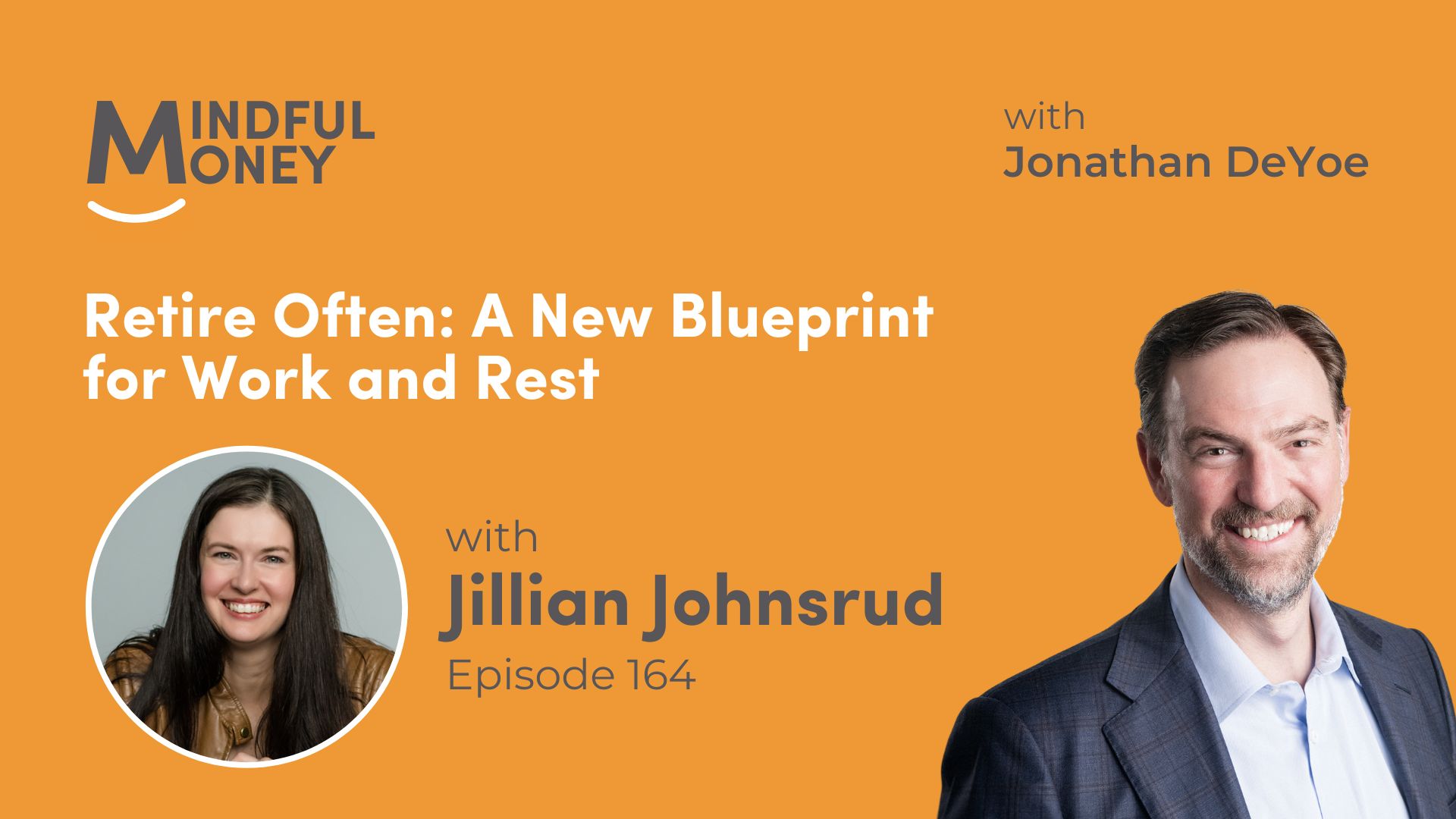For context: We’ve been here before. This article is itself a refresh from an article I wrote on this topic in 2014 – many percentage points below where we sit today.
You may have heard that the stock market is at “all-time highs.” This trend portends either unparalleled disaster or boundless opportunity for investors – depending on which media savant is reading the tea leaves. One subset of pundits is calling for an imminent correction of the S&P 500. Another subset expects a market correction, but the timing is uncertain. It might happen next month or next year, and it could result in seven to ten years of average or below-average returns, although the crystal ball is a bit murky on the details. Still other pundits believe that this new “all-time high” could easily become yet another new “all-time high” in the days and weeks to come. And it’s hard to ignore the small band of maniacs who insist we’re at the beginning of a new era and you are insane not to bet your entire wad on the latest meme-stock, IPO, biotech, or crypto-currency craze.
Of course, when we celebrate or lament these “all-time highs” in the market, we are only talking about the price of the market. We are not factoring in the other half of the equation: the earnings your dollars buy at this price. Since it is the relationship between price and earnings that will ultimately determine how much bang you are getting for your investment buck, I’d say that’s a key calculation. But even this figure is a moving target. What price are you paying for which earnings? And what does that valuation prove? More importantly, what is an investor expected to do with this information?
First, inhale slowly.
Realize that this moment in the stream of stock market commentary is not different in any appreciable way from any other moment. If the S&P 500 were sitting at a 6 month low, or a 5 year low, there would be dozens of commentators finding either certain calamity or impending prosperity in the figures. But none of them would have any deeper insight than they do today, because the future is unknowable. J.K. Galbraith said, “The only function of economic forecasting is to make astrology look respectable.” More often than not, folks that claim they can predict the movement of the markets or the economy are selling you something. Are you buying it?
I’m not.
Exhale slowly. Like the meditator who must continuously return her focus to her breath, ignore the mindless distraction of the media and focus on your own, unique financial plan. As goal-focused and planning-driven investors, we don’t have to worry about what is working right now. Instead, we’ve built our investment process on behaviors that have always worked.
Perhaps you are in the early stages of your career, and the financial plan you created includes investing a $5000 each and every month into a broadly diversified portfolio. If you trust that the long-term returns will help your realize your financial goals in the fullness of time, have the faith, patience, and discipline to follow your plan, even during periods of uncertainty. Invest your $5000 every month, rebalance your portfolio periodically when it gets lop-sided, and remain focused on the path ahead of you.
Maybe you are sitting at a completely different life stage. You’re ready to spend more time in the garden and less time in the office, and you’ve made a solid financial plan. This plan affords you the confidence to withdraw $3000 per month from a broadly diversified portfolio designed to help you fill the gap between your now fixed income and the full cost of the living expenses you know will rise every year. Follow your plan, withdraw your $3000 every month, and plant your seeds, even when it rains bad economic news. Switch to your emergency fund and wear your galoshes when storms roll in, and rebalance your portfolio periodically as it gets lopsided.
If you don’t have a financial plan, keep breathing and let me tell you why you should make a financial plan.
Without the focal point of a plan, where will you turn your attention during times of over-exuberance or stress in the financial world? Will you respond to a fleeting market signal or a “trusted” pundit who has no understanding of your needs today and your goals tomorrow and therefore can’t possibly help nameless, faceless you make the right decisions for your future? Or will you be too paralyzed by the non-stop waves of conflicting opinion to take the decisive steps your financial health and future well-being demands? A plan will help you remain mindful of your long and short-term goals during periods of economic and emotional volatility. Rather than reacting to the vagaries of an “all-time high” in the market, a plan will keep you focused on your own specific circumstances. A plan reminds you of that light at the end of the tunnel.
By the way, in most cases, today’s all time high gives way to a new all time high tomorrow or next week or in a couple months. This speaks to the long, slow (if sometimes erratic) upward slope of the market.
Where does planning begin?
First, turn your focus inward. Weigh, measure, and prioritize your goals and values, probable actions, and possible outcomes. Bring your resources into balance with your needs. Make your trade-offs consciously. As you ignore outside distractions like todays market direction as described by the mainstream financial media, intentionally plot your own course.
Inhale. Remember, no one has a crystal ball. Exhale. You do not know what happens next. Inhale. The punditry do not know what happens next. Exhale.
When things become stressful, 3 deep breaths can calm your nerves and reduce your reactivity as you take the control back from your amygdala and place it in your more thoughtful frontal cortex. Repeat as often as needed, allowing your steady breathing to reduce and remove whatever excitement or anxiety the day’s market action may have induced. Relax.
Smile. Return your focus once again to your now well-considered financial plan and act accordingly.





